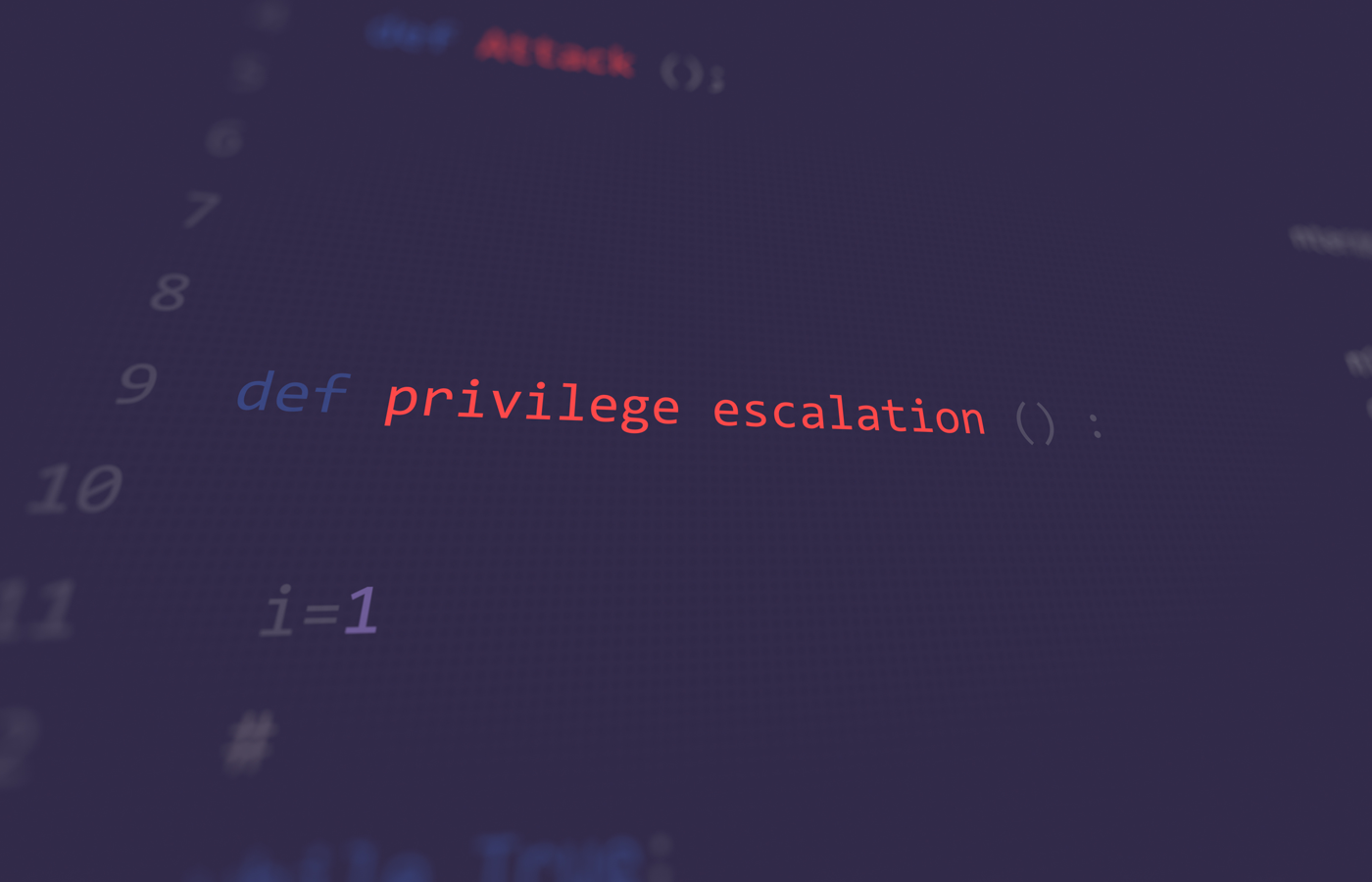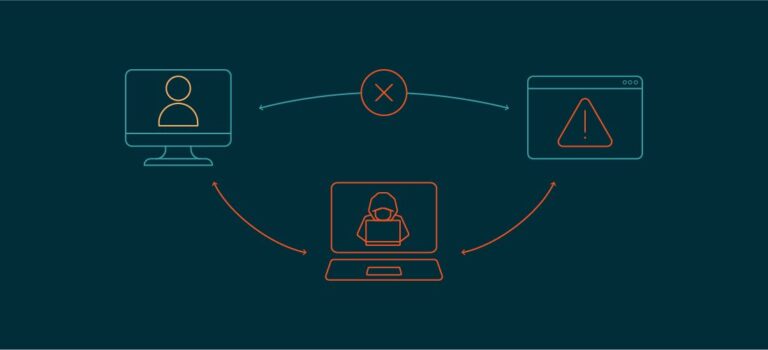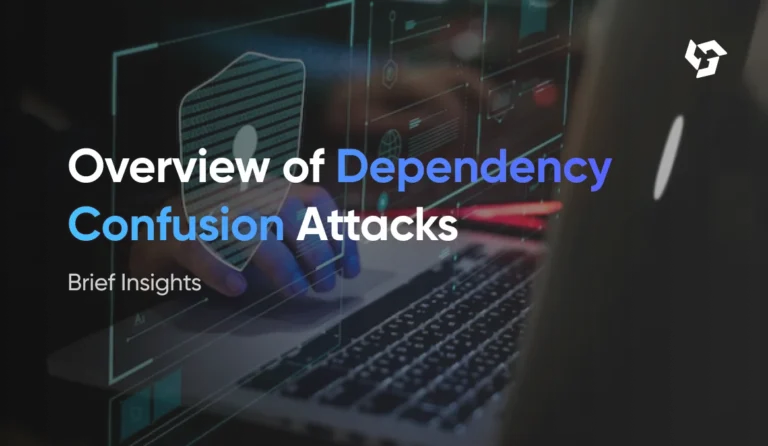Privilege Escalation: A Deep Dive into a Critical Security Threat
Introduction
In the world of cybersecurity, privilege escalation is one of the most critical threats organizations face today. Whether in personal computing systems or enterprise environments, attackers are constantly on the lookout for vulnerabilities they can exploit to gain unauthorized access or elevate their privileges. This blog post explores the concept of privilege escalation, its types, real-world examples, methods of detection, and strategies for prevention and mitigation. We will also cover best practices and tools used by both attackers and defenders to manage privilege escalation.
Table of Contents
- What is Privilege Escalation?
- Why Privilege Escalation Matters
- Types of Privilege Escalation
- Vertical Privilege Escalation
- Horizontal Privilege Escalation
- Common Techniques Used in Privilege Escalation
- Exploiting Software Vulnerabilities
- Misconfigurations and Default Settings
- Social Engineering
- Credential Dumping
- DLL Injection
- Real-World Examples
- Detection Techniques
- Prevention and Mitigation
- Tools for Testing and Defense
- Privilege Escalation in Cloud Environments
- Regulatory and Compliance Considerations
- Best Practices for Organizations
- Conclusion
1. What is Privilege Escalation?
Privilege escalation is a type of cyberattack in which an attacker gains elevated access to resources that are normally protected from an application or user. The attacker may start with a low-level account and use it as a stepping stone to gain administrative or root access, allowing them to execute any command and access sensitive data.
This unauthorized access typically occurs through exploiting software vulnerabilities, leveraging system misconfigurations, or manipulating user credentials.
2. Why Privilege Escalation Matters
Privilege escalation attacks are especially dangerous because they often serve as a stepping stone to more severe attacks, such as data breaches, ransomware deployment, or complete system takeover. Here are a few reasons why privilege escalation is crucial to understand:
- Access to sensitive data: Attackers can read, modify, or delete confidential information.
- Persistence: Elevated privileges allow attackers to establish persistent access.
- Destruction: With administrative access, an attacker can cause irreparable damage.
- Lateral movement: Escalated privileges often allow attackers to move laterally across a network.
3. Types of Privilege Escalation
Vertical Privilege Escalation
This occurs when a user gains higher privileges than intended. For example, a regular user gaining admin or root access.
Horizontal Privilege Escalation
This involves a user accessing the privileges or data of another user with the same access level. For instance, accessing another user’s email or files.
4. Common Techniques Used in Privilege Escalation
Exploiting Software Vulnerabilities
Attackers often exploit unpatched software vulnerabilities to escalate privileges. Examples include buffer overflows, race conditions, and improper validation.
Misconfigurations and Default Settings
Systems that are not properly configured or still use default credentials/settings are highly vulnerable.
Social Engineering
Manipulating users to disclose sensitive information such as passwords can enable attackers to impersonate privileged users.
Credential Dumping
Tools like Mimikatz can be used to extract credentials from memory.
DLL Injection
Attackers can inject a malicious DLL into a process to execute code under that process’s privileges.
5. Real-World Examples
- Stuxnet: Used multiple privilege escalation techniques to compromise Iranian nuclear facilities.
- NSA EternalBlue Exploit: Used in the WannaCry ransomware attack, leveraged SMB vulnerabilities for lateral movement and privilege escalation.
- Linux Dirty COW: A well-known kernel vulnerability that allowed attackers to gain root access.
6. Detection Techniques
- Log Monitoring: Look for unusual access patterns or changes in user privileges.
- Endpoint Detection and Response (EDR): Advanced EDR tools can detect privilege escalation attempts in real-time.
- Behavioral Analysis: Identify deviations from normal user behavior.
- Honeypots: Deploy decoy systems to detect unauthorized access attempts.
7. Prevention and Mitigation
- Patch Management: Regularly update all software and operating systems.
- Least Privilege Principle: Users should only have access necessary for their role.
- Multi-Factor Authentication (MFA): Makes it harder for attackers to use stolen credentials.
- Security Awareness Training: Educate users about phishing and other social engineering techniques.
- Segmentation: Limit access between different parts of the network.
8. Tools for Testing and Defense
Offensive Tools
- Metasploit: Widely used for penetration testing and includes various privilege escalation modules.
- Mimikatz: Used for credential dumping.
- PowerSploit: PowerShell-based exploitation framework.
- WinPEAS/linPEAS: Automated privilege escalation scripts.
Defensive Tools
- OSSEC: Open-source host-based intrusion detection system.
- Sysmon: Windows system activity monitor.
- AuditD: Linux auditing system.
9. Privilege Escalation in Cloud Environments
As organizations move to the cloud, privilege escalation remains a threat:
- IAM Misconfigurations: Overly permissive roles in AWS, Azure, or GCP can be exploited.
- Metadata Service Exploits: Attackers can retrieve tokens from instance metadata endpoints.
- Container Breakouts: Compromised containers can lead to host system access.
10. Regulatory and Compliance Considerations
Failing to secure systems against privilege escalation can result in non-compliance with standards such as:
- HIPAA (Health Insurance Portability and Accountability Act)
- PCI DSS (Payment Card Industry Data Security Standard)
- GDPR (General Data Protection Regulation)
- SOX (Sarbanes-Oxley Act)
Compliance requires proper logging, access control, and security auditing.
11. Best Practices for Organizations
- Implement role-based access control (RBAC)
- Regularly audit permissions and user roles
- Use network segmentation to limit movement
- Employ sandboxing and application whitelisting
- Conduct regular penetration testing
- Enable full-disk encryption and secure boot
12. Conclusion
Privilege escalation remains a vital topic in cybersecurity. By understanding how it works, how attackers exploit it, and how to defend against it, organizations can significantly reduce their risk. A proactive approach—combining technical controls, user education, and regular auditing—is essential in safeguarding systems against this silent but dangerous threat.
As cyber threats evolve, staying informed and vigilant is the key to protecting your digital infrastructure.
Stay tuned for more deep-dives into critical cybersecurity issues, and don’t forget to share this blog to spread awareness about privilege escalation and how to combat it.






